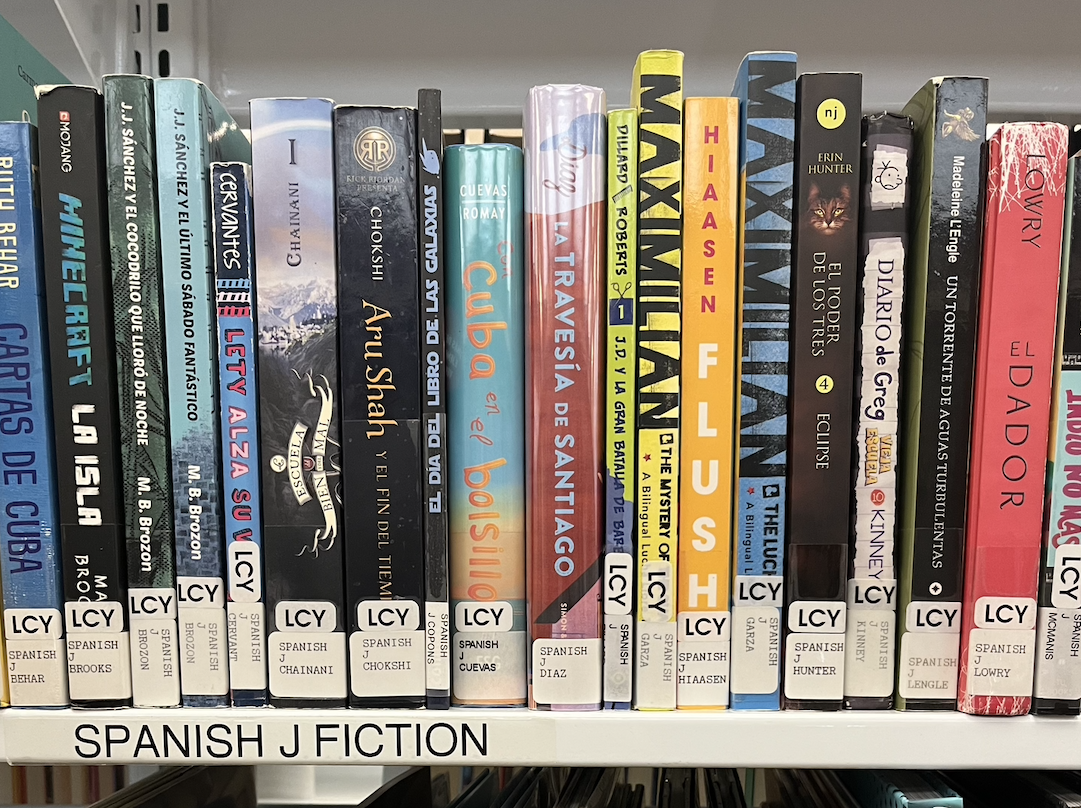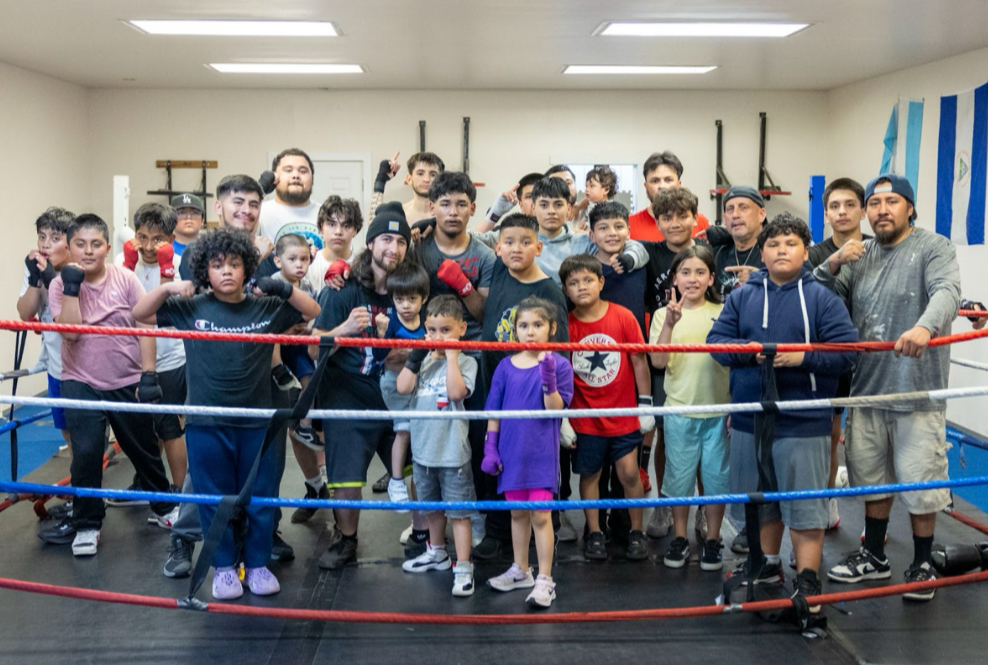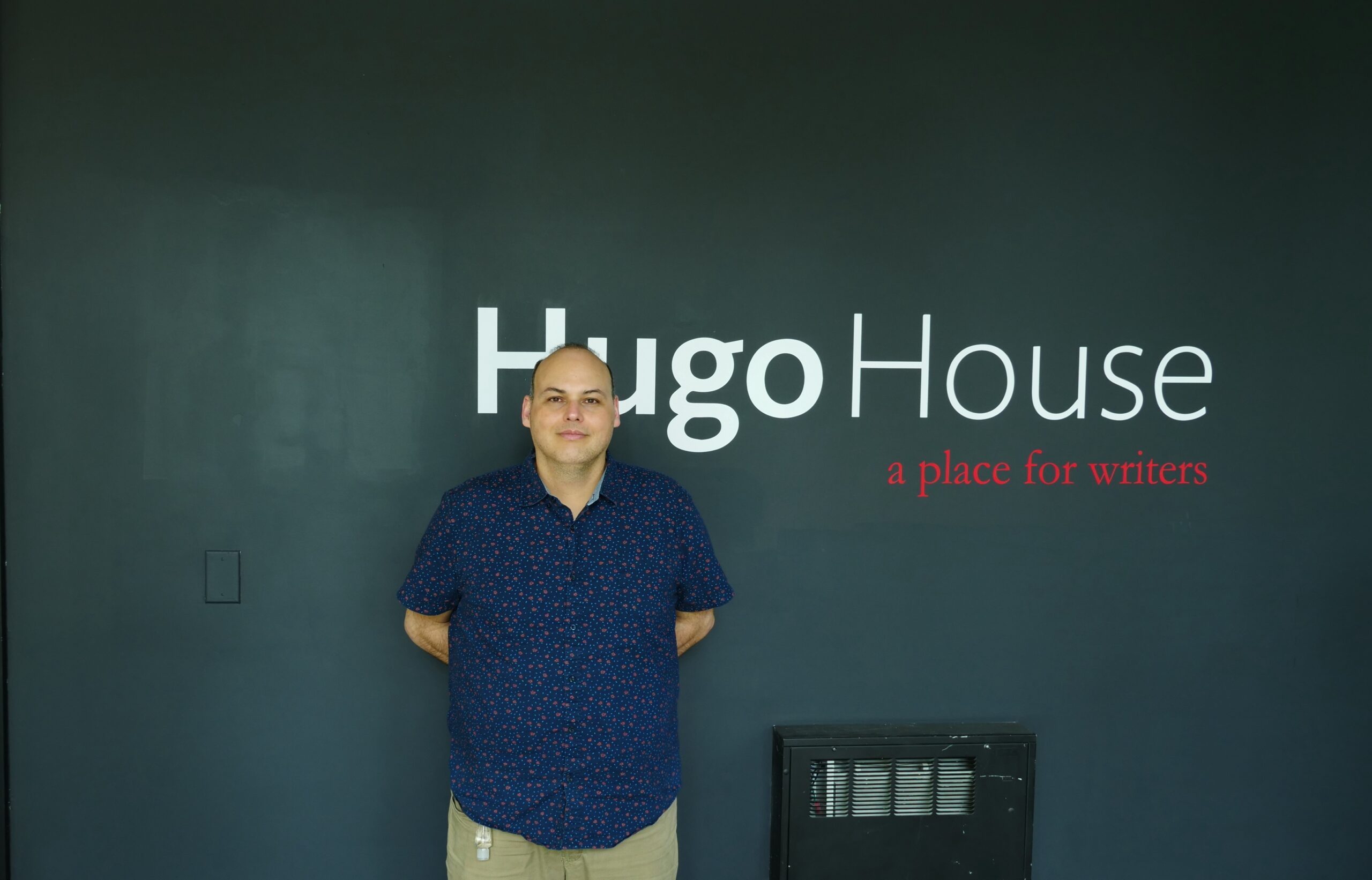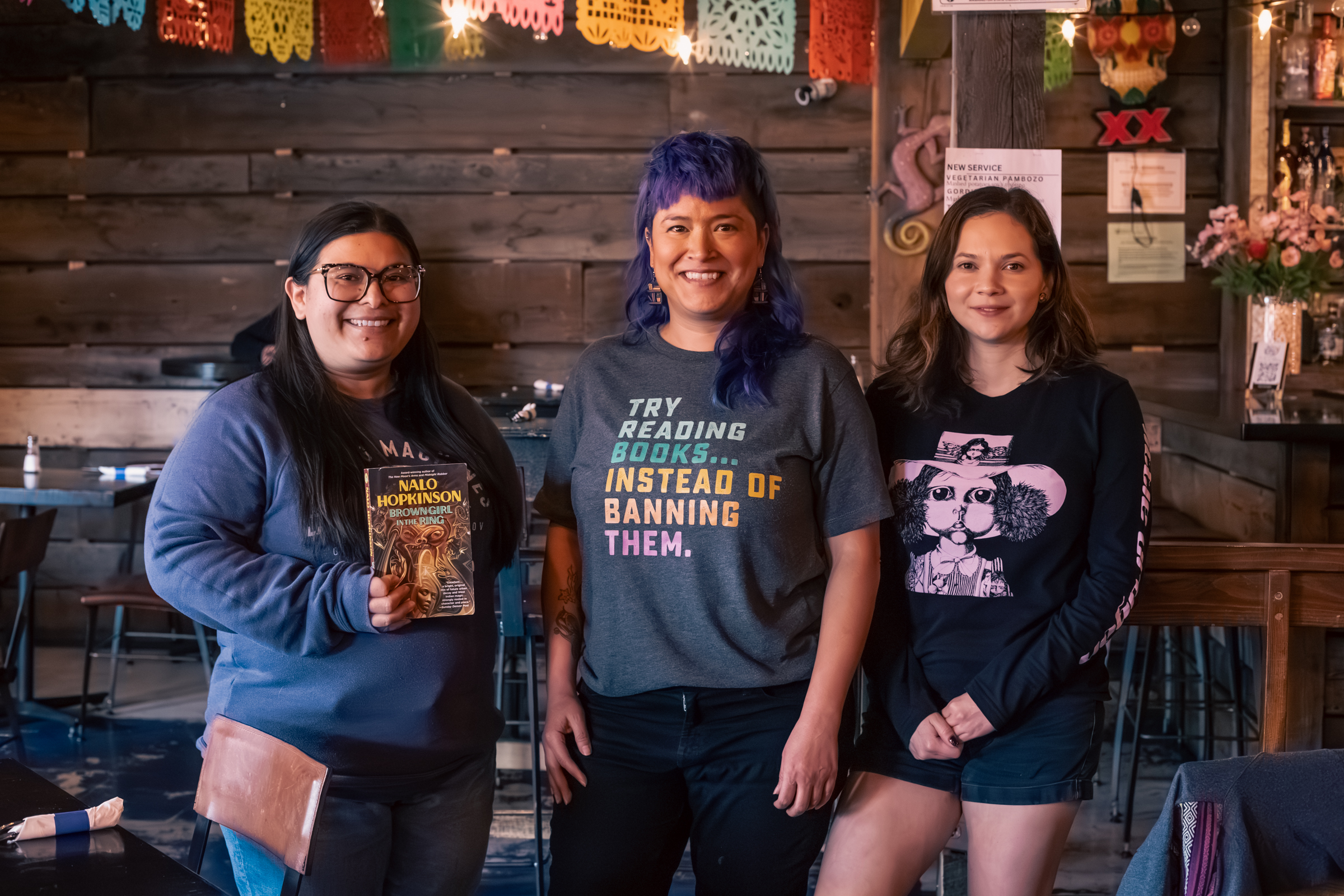Maria Leon-Roman, children’s librarian at Seattle’s Lake City branch, was a “library kid.” You could find her at her neighborhood branch in South Park, asking questions of the staff there, just like the library’s renowned Miss Bea, who Leon-Roman said looked out for her family.
Now, Leon-Roman and others work to help give patrons of The Seattle Public Library system an experience like she had.
Across its 27 branches, the library includes materials in 18 languages other than English and has recently acquired children’s books in Ukrainian, Hawaiian, and Mam, a Guatemalan indigenous language. Of the 18 languages, the Spanish-language collection is the largest, with 21,000 books. Eight thousand are adult books, and 13,000 are children’s books. Since 2009, the collection has grown rapidly; almost 1,700 new titles and 400 additional copies of picture books have recently been added.
The library also offers other Spanish-language resources, ranging from tax help and business planning appointments to celebrations for Día de Muertos and bilingual storytime, one of which is run by Leon-Roman at the Lake City Branch.
Darby McGaffin, a parent recently at the Lake City bilingual storytime, says the group has assisted her and her son in finding community in an activity close to their home. “We come every week,” McGaffin said.
McGaffin says that the group has helped her son, who attends a bilingual preschool, to improve his Spanish language and reading skills.
Recently, the library system started “floating” the Spanish-language collection and previously floated collections of DVDs, mysteries, and children’s comics. In the past, Spanish language books were only shelved at select libraries, so although Library readers could place holds on those books to pick them up at their preferred location, if they came in to browse at a branch without Spanish language books, they wouldn’t find them. Now, Spanish language materials “float,” or stay at the library branch they’ve been returned to instead of being transported back to a home branch.
“It’s almost like patrons help develop the collection,” said Elisa Murray, digital communications strategist for The Seattle Public Library. “It’s just one example of how libraries adapt to community needs.”

Lupine Miller, supervising librarian at the South Park branch, said floating the collection improves access to materials. “It keeps the collections fresh and makes it so that every branch can have a collection in Spanish. If anybody goes into any library, they can find materials that they can read,” Miller said.
Patrons without a library card can also borrow items. Every branch has an uncatalogued, or “honor system,” collection that allows for borrowing books without checking them out. You can take them, and return them when you’re done.
“That can be nice for people who might be worried about getting a library card for various reasons. It’s a really low-barrier way to access library materials,” Murray said.
Staff at The Seattle Public Library said they strive to root each of the library’s 27 branches in their local neighborhoods. For example, the South Park branch partners on events and community information with organizations, including Villa Comunitaria, the Duwamish River Community Coalition, and El Rey radio station, to keep in close contact with neighborhood conversations. The branch routinely works with neighboring K-5 dual language school Concord International Elementary and the Denny International and Chief Sealth International High School.
“Our librarians, as they can with scheduling, do a fair amount of outreach at other sites. They go to where people are in specific communities rather than expecting everybody to come into the library,” Murray said.
Leon-Roman has held bilingual storytimes at James Baldwin and English storytimes at Olympic Hills and the Seattle Housing Authority sites.
Though Leon-Roman describes all of her outreach trips as memorable, one in particular sticks out to her: as she was standing at the door to a classroom, the kids chanted her name.
“I didn’t think the kids remembered my name,” Leon-Roman said. “I read on a blog somewhere that that’s the closest you ever feel to a rockstar once the kids recognize you. It’s nice to have that presence.”
The library isn’t just a place to check out books. It is a safe space where, with the help of friendly staff, you can find refuge and comfort in curiosity.
“We are another place people can go and be, which is a hot commodity,” Miller said. “There’s few other places, especially in South Park, where you can just go and not have to buy something or do a certain task. We want to be that place to start when you have a question.”

bilingual book reports on coral reefs in Honduras and Guatemala. Projects like these are
displayed proudly around the library, cementing a sense of community.
(Photo credit: Elle Skvarna)
The Seattle Public Library provides an online catalog of its World Languages Collection, a web page in Spanish, and an events calendar that can be filtered by language.
Leon-Roman hopes that library patrons view her as a friendly face and a trustworthy resource.
“We’re not lawyers, we can’t give them legal advice, and we can’t fill out paperwork for people,” Leon-Roman said. “But I want to be that type of librarian that families can feel comfortable coming up to.”
Cover Photo: A piece of the Spanish-language collection at the Lake City Branch awaits patrons’ discovery. Most frequently checked-out books from the library include Pablo Neruda’s “Libro de las Preguntas” and Spanish translations of children’s books like Mo Willems’ “¡Vamos a dar una vuelta!” (Photo by Elle Skvarna)

Elle Skvarna, a final-year student at the University of Washington, is pursuing a double major in journalism and public interest communication and law, societies, and justice. Combining her two majors, she is passionate about advocacy journalism and expanding her worldview through the stories of the people she writes about.
Publisher’s Notes: Corrections were made on 6/19/24
- Paragraph 3: The library has 27 locations, not 26.
- Paragraph 12: It should read Chief Sealth International High School, not South.
- Paragraph 14: Leon-Roman has held bilingual story times at only James Baldwin and English storytimes at Olympic Hills and the Seattle Housing Authority sites, not Leon-Roman has held bilingual storytimes at James Baldwin Elementary, Olympic Hills Elementary, and Seattle Housing Authority sites that serve families who are immigrants, refugees, or low-income.
Washington Latino News and a class in the Journalism and Public Interest Communication program at the University of Washington are partners in best serving the Hispanic and Latino communities.




